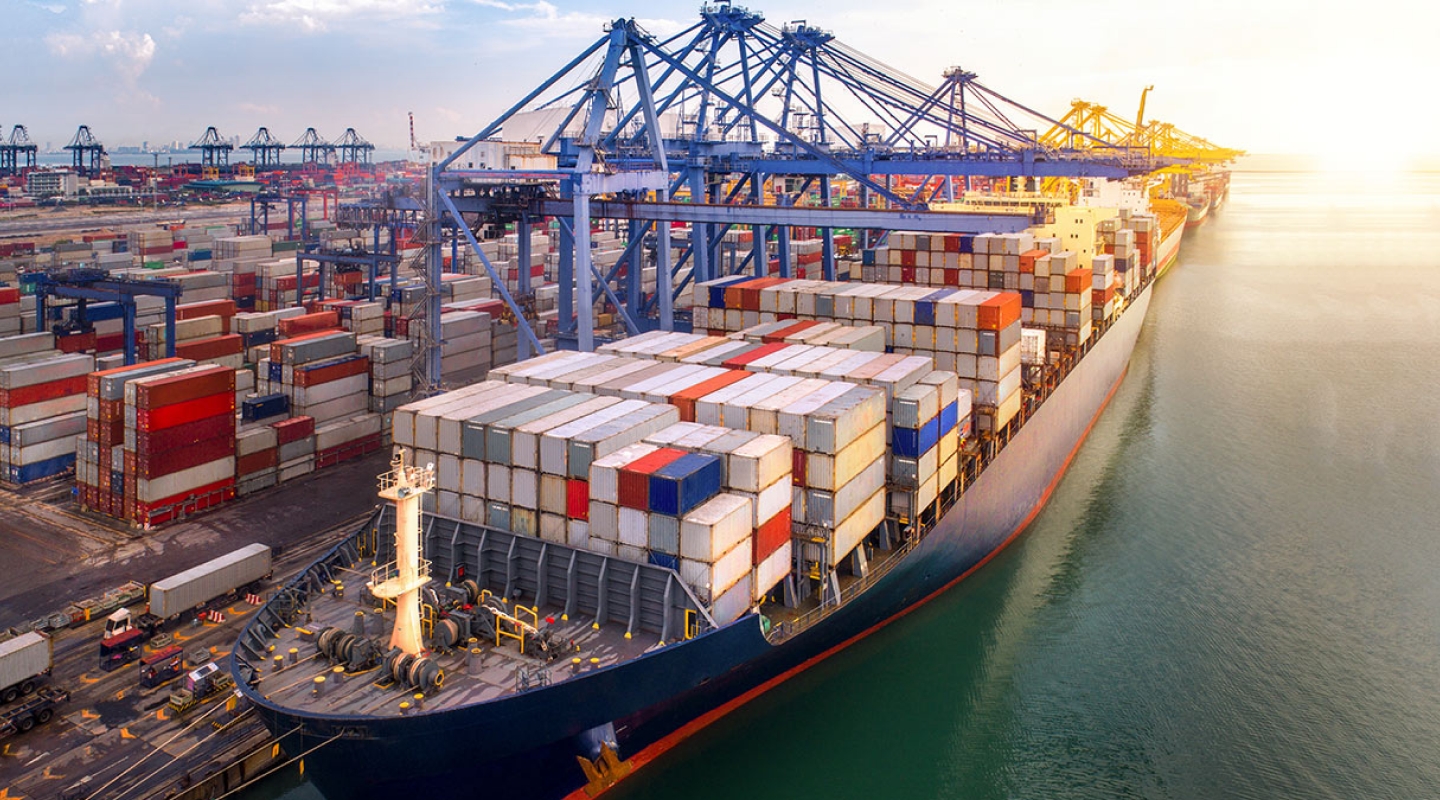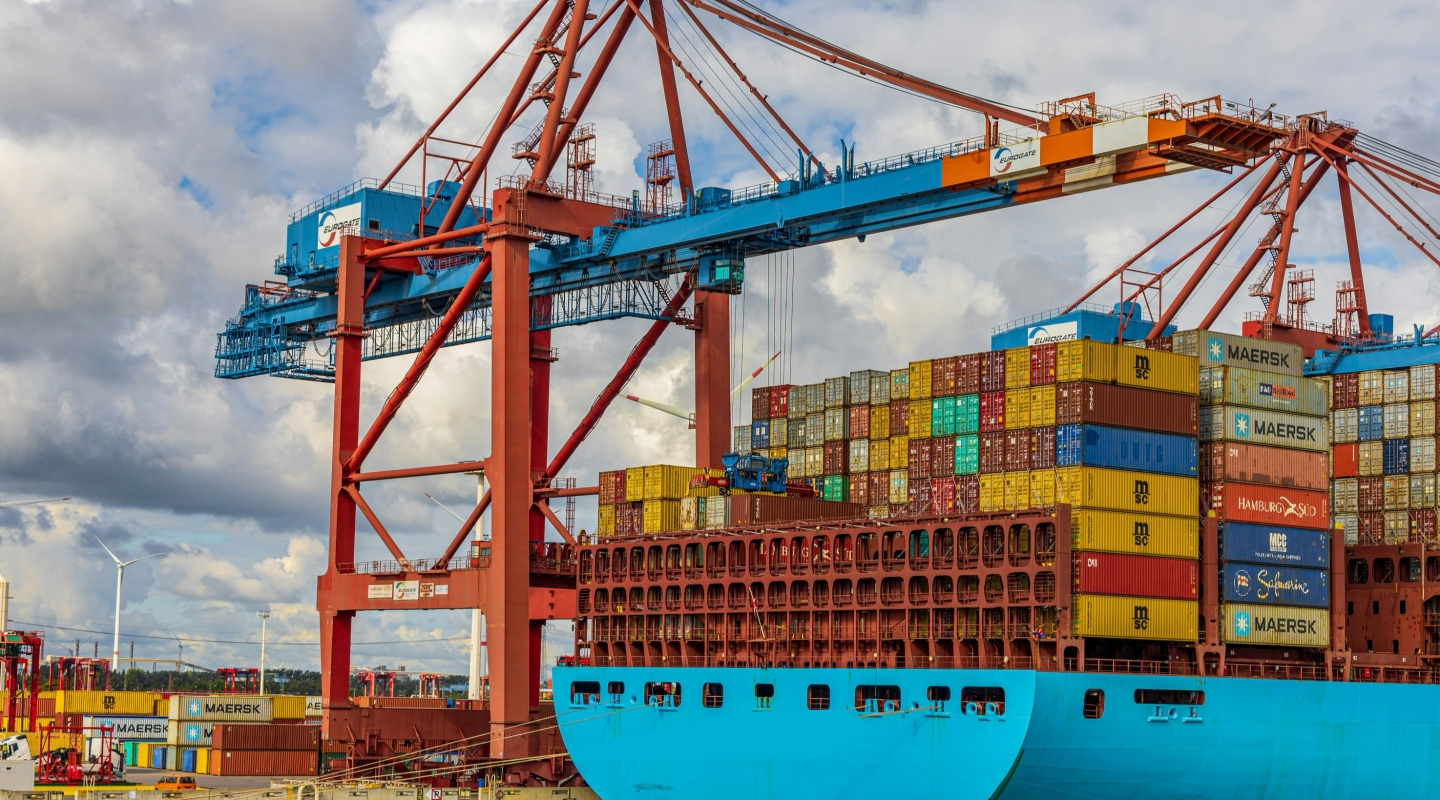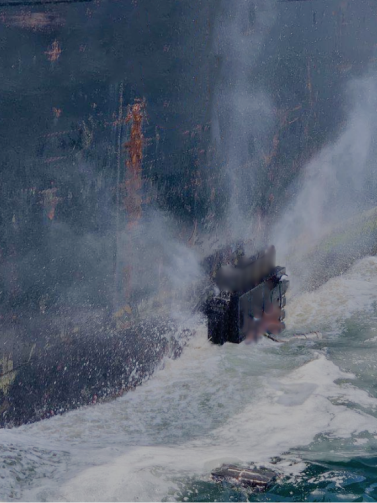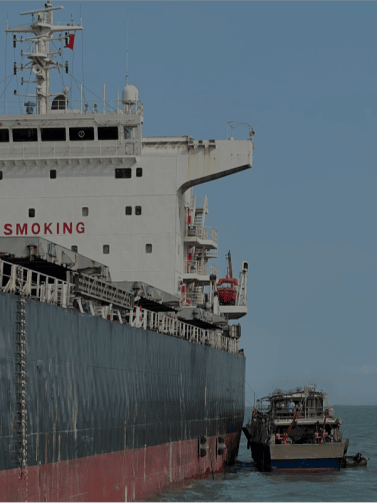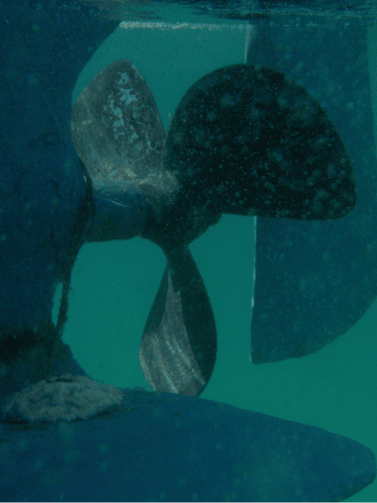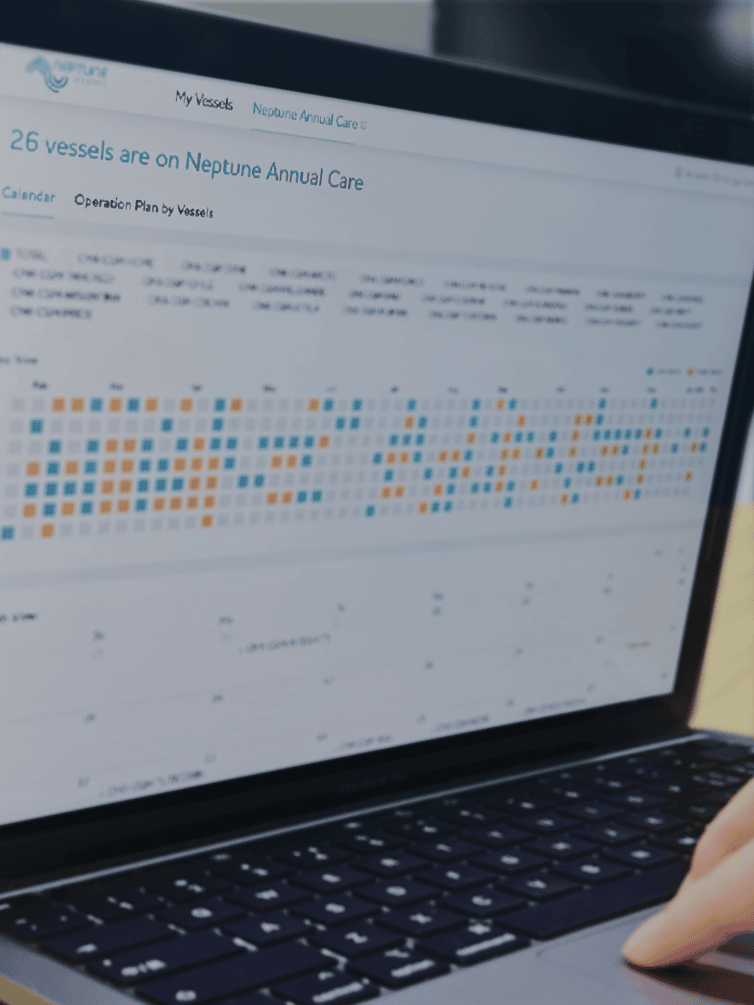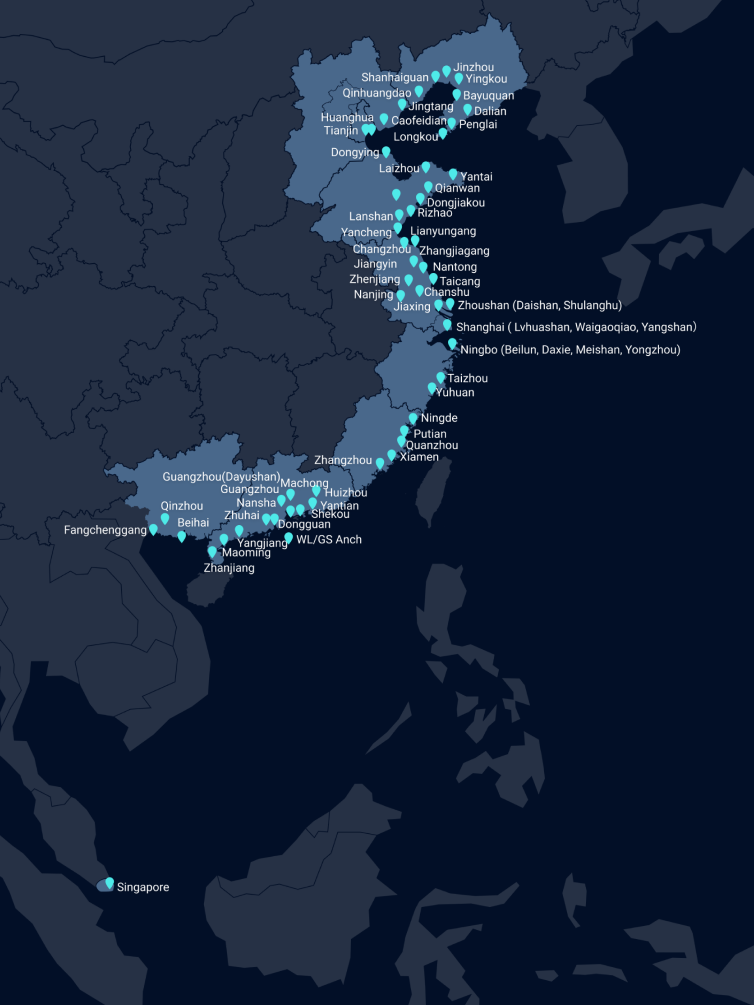Recently, shipping companies such as ONE, Hapag-Lloyd, and X-Press Feeders have reported continuous disruptions and delays at major ports due to congestion and schedule instability influenced by the situation in the Red Sea. Ports like Singapore, Shanghai, Ningbo, and Malaysia’s Port Klang are experiencing vessel turnaround delays of 3 to 6 days, with some ports seeing wait times of up to 16 days. For all shipping companies, aside from delivery delays and soaring costs, new challenges and crises are emerging due to the congested ports.
01-Significant Impact on Shipping
Operations Severe port congestion and the resulting operational constraints are posing reliability challenges for container liner companies, significantly affecting their business. An executive from the Indian liner industry stated, “We are experiencing severe service disruptions.”
To adjust schedules back to normal, some shipping companies are opting to “skip ports,” canceling stops at certain ports, which has raised serious concerns among shippers and freight forwarders, impacting service strategies for timely delivery.
Meanwhile, the global shipping industry remains under pressure. In a statement last week, CMA CGM noted that most new ships will be delivered this year and next, which could distort the supply-demand balance and affect freight rates.
02-Increase in Ship Carbon Emissions
Ships that are idling or moving slowly are more prone to accumulating marine organisms and fouling layers on their hulls. Especially in warm waters, barnacles can grow up to 10 millimeters in just 14 to 20 days, significantly increasing navigational resistance and fuel consumption.
A joint study by the IMO indicates that if 50% of a ship’s hull is covered with a biofouling layer as thin as a human fingernail, carbon emissions could increase by 30%.
The increase in carbon emissions primarily impacts the ship’s CII rating. For shipowners, vessels with low ratings will find it hard to secure charters and may even face scrapping. For charterers or other carriers, these vessels could be detained during PSC inspections and will incur high fuel costs.
Shipping companies operating on European routes also have to bear higher carbon costs. At the carbon quota price of 90 euros, each ton of fuel consumed by a ship will increase costs by about 300 USD.
03-How Can Shipping Companies Mitigate Losses?
With detour and waiting times and costs soaring in the short term, and environmental regulations imposing increasing financial pressure on shipping companies, proactive measures are essential.
Introducing robotic hull cleaning during port congestion, as well as during routine anchorage and port stays, can save shipping companies significant fuel costs and effectively reduce ship carbon emissions.
Studies show that regular hull cleaning can reduce daily fuel consumption by 9% to 17%. Efficient, unrestricted, and non-disruptive robotic hull cleaning has become a key strategy for shipping enterprises like Maersk, MSC, CMA CGM, and ONE to enhance operational efficiency and reduce carbon emissions.
Neptune Robotics’ hull inspection and cleaning technology, employing advanced turbid water vision and negative pressure adsorption, allows for 24/7 hull inspection and comprehensive cleaning without damaging antifouling coatings. Their service points cover regions in North China, East China, and South China, including turbid water ports like Shanghai and Ningbo.
At this stage, taking proactive action and widely deploying simple and effective robotic hull cleaning will allow shipping companies to significantly cut overall operating costs primarily driven by fuel and stand out from competitors in terms of cost and carbon emissions, gaining a strategic advantage.

